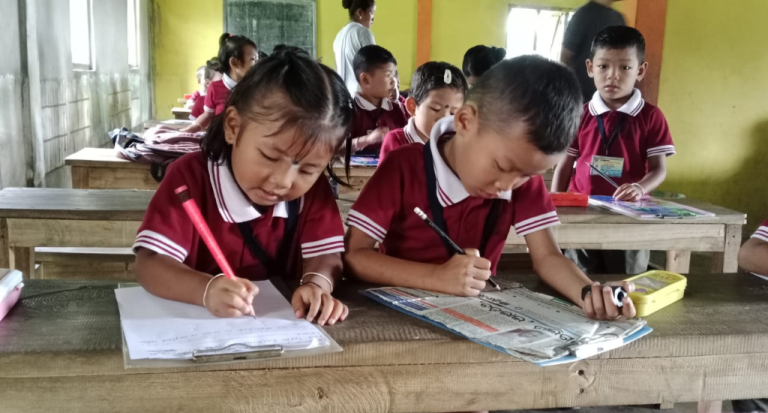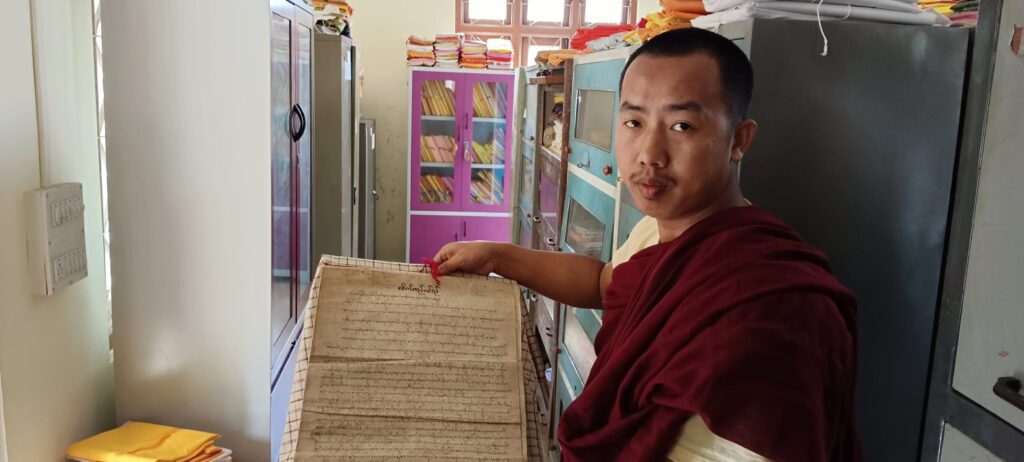International Mother Language Day is celebrated each year to emphasise the importance of cultural and linguistic diversity for sustainable societies. India is home to a myriad of languages, which have shaped its history and culture. With countless regional languages and dialects, India has a rich linguistic heritage. But given the rapid pace of globalisation that has led to assimilation of cultures, indigenous languages face the threat of extinction.
When a language disappears, it takes with it generations of cultural heritage. Bengal’s Toto tribals, who come under the Particularly Vulnerable Tribal Group, are striving to keep their endangered local language alive by teaching kids its new-created alphabet system. They have successfully developed a script to revive their dying oral language, which is currently being imparted in a local privately-run primary school.

A similar story of passion for their mother tongue is that of the Assamese monks of the Tai Phake community who have endeavoured to preserve their history by teaching youngsters their native language. In an attempt to bring their mother tongue back from the brink of extinction, the monks are using their importance to create awareness about saving the language. The drill only gets more innovative as dance and music workshops in the native language are organised which capture the minds of youngsters and grownups alike making the learning process funner.
Also Read: Books in tribal languages help rejuvenate school learning in central India

For common people, other than symbolising cultural values, their mother tongue is also synonymous with comfort. The ability to converse fluently and express oneself freely is granted by one’s mother language. Humans find it easier to learn and accept ideas and concepts when they are communicated in a language they are comfortable with. This concept is seen in practice in the tribal areas, where a few library coordinators of the grassroots intervention took the initiative and translated books in indigenous languages to cater to inquisitive young children. Such books serve the purpose of helping them learn better as well as keeping them connected with their culture.
Also Read: Present-day challenges to Adivasi languages

Today when many states haven’t been able to incorporate regional languages and culture into their curriculum, a local school in Bengal focuses on teaching Santhali language and traditions. The school boasts a 0% dropout rate among its students. It has achieved this feat by making the school residential and having strong sense of social responsibility and cultural awareness, along with imparting academic rigour
Despite such optimistic stories and tales of determination, some initiatives find it difficult to sustain due to structural barriers and inadequacies. For instance, Banwang Losu, a teacher from the Wancho community of Arunachal Pradesh who has worked tirelessly to develop a Wancho script and preserve the linguistic heritage, finds it challenging to garner support to popularise the script so it can sustain in the school curriculum.

As we reflect on the importance of preserving and promoting mother language, it is evident that the richness of linguistic diversity is best captured in our villages and rural communities. It is essential for us to recognise rural India’s great linguistic heritage and pave the way for a more inclusive and interconnected world where every voice is heard and every language is cherished.
Watch: Tribal school in Bengal defies odds, nurtures cultural roots
The lead image at the top shows Monk Gyanapal Bhukkhu showing a chart with the Tai Phake script of Assam (Photo by Gurvinder Singh)








